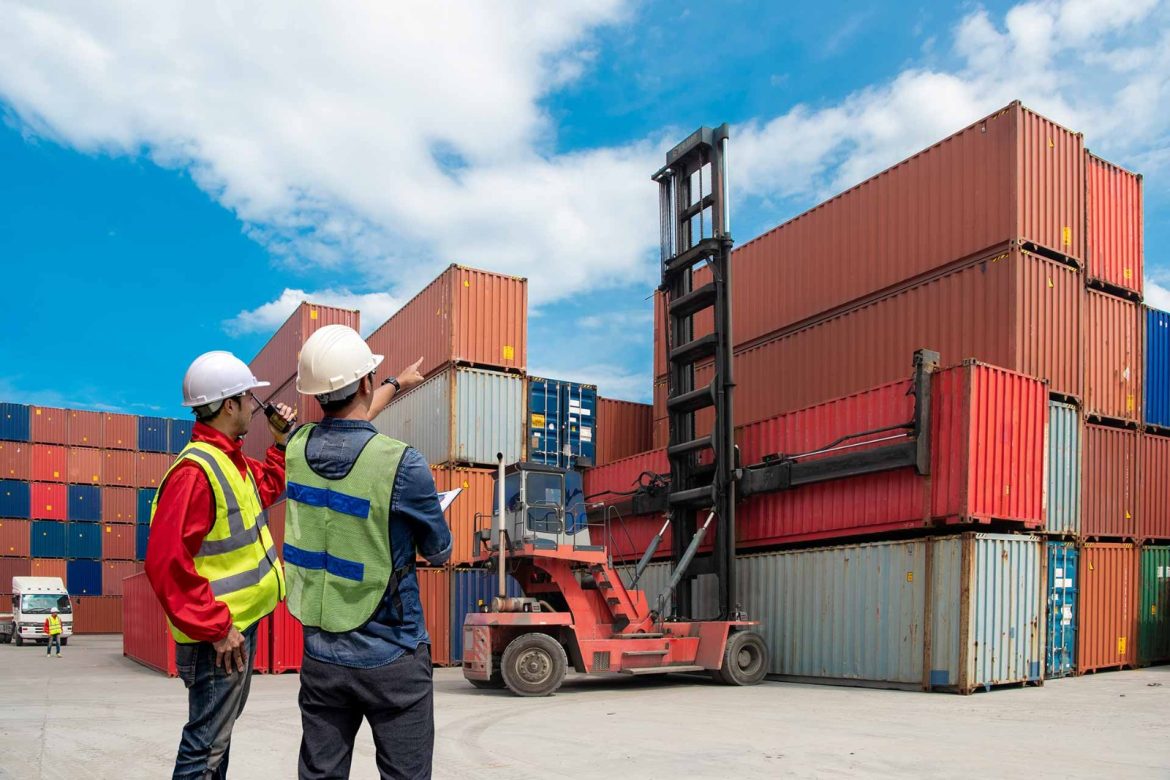In the world of international transport, dangerous goods are considered to be products that, due to their characteristics, can pose a risk to people, the environment, or property if not handled correctly.
These include common items such as gasoline, medicines, paints, cleaning products, gases (like butane), acids, lithium batteries, and even fireworks.
These goods are classified into 9 main categories according to the European ADR Agreement, which is the regulation governing their road transport in Spain and Europe. Each class has a specific number and symbol that helps to identify them quickly, such as the flame for flammables or the skull for toxic substances.
We can provide examples for your general knowledge based on the classification of the nine dangerous goods, established by the UN Model Regulations, which organize materials according to the nature of the risk they present during transport.
Class 1 includes explosives with subdivisions such as mass explosion hazard, projection hazard, or minimal risk.
Class 2 covers gases, divided into flammable, non-flammable and non-toxic, and toxic. Class 3 refers to flammable liquids with low flash points, while Class 4 covers flammable solids, substances liable to spontaneous combustion, and substances dangerous when wet. Class 5 includes oxidizing substances and organic peroxides, and Class 6 poisonous and infectious substances. Class 7 is dedicated to radioactive materials, and Class 8 to corrosive materials.
Class 9, called “miscellaneous dangerous substances and articles,” encompasses substances that present risks not covered by the other classes, such as lithium batteries, genetically modified microorganisms, substances hazardous to the environment, and materials transported at elevated temperature.
Unlike other classes, it has no numerical subdivisions, but is categorized by specific types, such as substances that emit flammable vapors or that can form dioxins in fires. Furthermore, packing groups (II for medium danger, III for low) are assigned to grade their risk. Common examples include airbags, asbestos, dry ice, and self-inflating life rafts.
To transport these goods safely, several key measures must be followed. Vehicles must be specifically adapted and certified for this purpose, with mandatory signage such as orange plates on the front and rear, which indicate the type of hazard and the UN identification number.
Furthermore, trucks must carry safety equipment such as fire extinguishers and spill containment material. Handling during loading and unloading must be done with great care: the driver, if not directly involved, must stand aside to avoid risks, and it must always be verified that there are no leaks before setting off.
Packaging is another crucial part. Containers and packaging must be approved and resistant to prevent breakage or leaks. Each package must be labeled with the corresponding hazard symbol and the UN number, which is like its international ID card.
Documentation is also essential: the driver must always carry the transport document with the load details, the written instructions for emergencies, and his ADR training certificate, which certifies that he is qualified to handle these products. Without this documentation, a serious offense is committed.
Regarding schedules and routes, Spanish regulations (Royal Decree 97/2014) require that, whenever possible, highways or motorways be used to minimize passage through populated areas. Furthermore, there are traffic restrictions during peak hours in some areas, and sensitive zones such as water or forest reserves must be avoided. Route planning is essential to comply with these rules and reduce risks.
All these safety regulations are mandatory in Spain and in most countries. Non-compliance can result in serious fines and even criminal liability in the event of an accident. Driver training is key: he must take a specific ADR course to learn about product characteristics, how to handle emergencies, and good driving practices. This is not just a piece of paper; it is a tool that helps protect lives.
In summary, transporting dangerous goods requires constant attention to detail: prepared vehicles, correct packaging, documentation in order, and well-planned routes. As experienced drivers, you already know that safety comes first. Following these rules is not only a legal obligation but also a commitment to protecting everyone on the road and the environment. With care and knowledge, this work can be carried out efficiently and without incident.
Have any thoughts?
Share your reaction or leave a quick response — we’d love to hear what you think!





